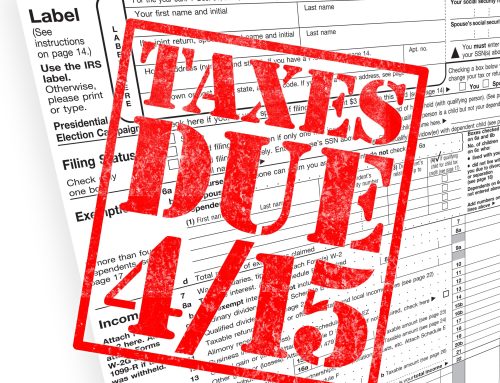Unless Congress acts, enhanced capital gains and dividends tax rates and certain business tax incentives under the Jobs and Growth Tax Relief Reconciliation Act of 2003 (JGTRRA) and later legislation are scheduled to end “sunset” after December 31, 2010.The lower rates that taxpayers experienced under this legislation will therefore be replaced by rates, deductions and other provisions based on less generous law in place before JGTRRA. This letter provides a general overview of the important provisions affecting investments and business are scheduled to expire after December 31, 2010, unless Congress acts, and what those provisions would look like if not extended or modified.
Capital gains rates for individuals. Under JGTRRA and subsequent legislation, the maximum tax rate on capital gain income of an individual has been set at a reduced rate of 15 percent for tax years beginning before January 1, 2011, for both regular tax and AMT. There is also a five percent rate (subsequently reduced to zero) for taxpayers in the 10 and 15 percent income tax brackets. These lower rates will disappear after December 31, 2010. After JGTRRA sunsets, the maximum tax rate on the adjusted capital gain of an individual will revert to 20 percent (18 percent for assets held for more than 5 years) and the zero percent rate will be replaced with a 10 percent rate (8 percent for gains on assets held over 5 years).
Dividend income of individuals. Under JGTRRA (as extended by the Tax Increase Prevention and Reconciliation Act of 2005 (TIPRA)), the maximum tax rate for qualified dividends received by an individual was reduced to 15 percent for tax years beginning before January 1, 2011. A zero percent rate applies to qualified dividends received by an individual in the 10 or 15 percent income tax rate brackets. The lower rates also apply to dividends received from a regulated investment company (mutual fund), a real estate investment trust, and other qualified pass-through entities. After JGTRRA and TIPRA sunset, qualified dividends received by an individual for tax years beginning after December 31, 2010 will be taxed at ordinary income tax rates, which could be as high as 39.6 percent.
Expensing for small business. A business that purchases tangible depreciable property can elect to deduct the cost of the property in the year it is placed in service, rather than take depreciation on the property. This “expensing” amount is phased out when the cost of all qualifying property placed in service during the year exceeds a threshold amount. Before JGTRRA, the expensing limit was $25,000 and the phase-out threshold was $200,000. JGTRRA and subsequent legislation increased these amounts to $250,000 for expensing and $800,000 for the phase-out threshold, for tax years beginning in 2010. The higher limits expire December 31, 2010 and will revert to the pre-JGTRRA amounts.
Small business stock. Noncorporate investors may exclude a percentage of the gain realized on the sale of qualified small business stock. The stock must be issued by a C corporation that is a qualified small business, and must be held for more than five years. The current exclusion percentage is 75 percent. After December 31, 2010, this percentage reverts to 50 percent. JGTRRA provided that seven percent of the excluded gain is subject to the AMT. After December 31, 2010, 42 percent of the excluded gain will be subject to the AMT.
Other dividend-related changes. Provisions that repeal the rules for collapsible corporations and reduce taxes to 15 percent on accumulated earnings of corporations and undistributed personal holding company income will expire on December 31, 2010. Taxes will revert to the highest rate imposed on individuals.
These are just some of the significant tax benefits to individuals and businesses that will end on December 31, 2010, unless Congress acts to extend them. It may be beneficial to take certain actions (such as selling appreciated assets) before January 1, 2011. Please contact our office to discuss your particular situation.






